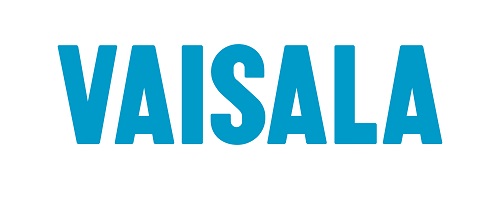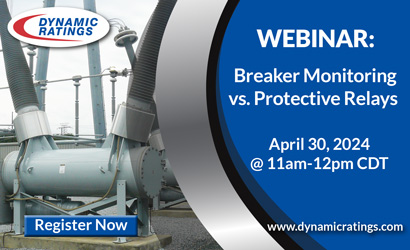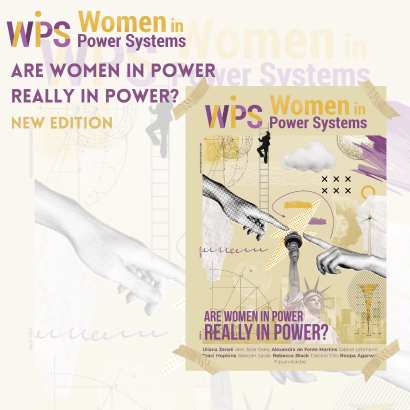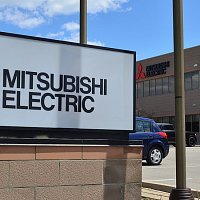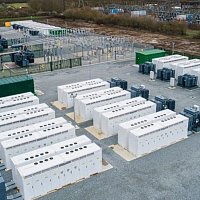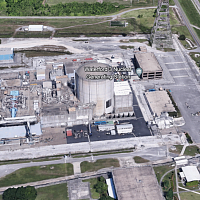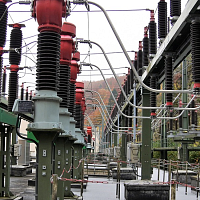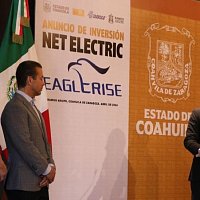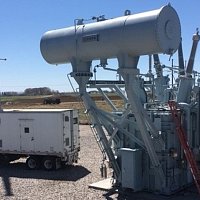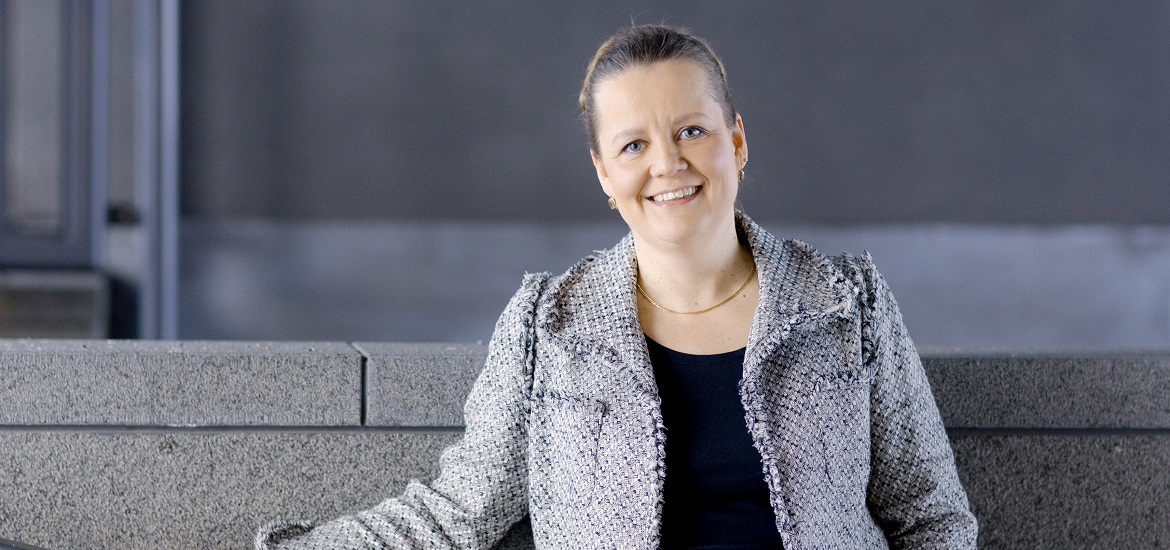
Power industry is very fascinating. We have new technologies coming in, but we still have very old assets combined with those new technologies. That offers a lot of different and interesting opportunities.
In an interview for Transformer Technology magazine, Senior Industry Expert at Vaisala Oyi Senja Leivo talks about her professional journey in the power industry, her role in developing Vaisala’s breakthrough solutions for transformer gas monitoring and reminds us of the importance of hearing the voice of the customer.
Alan Ross
Senja, you are deeply involved in Vaisala’s global efforts to provide innovative measurement solutions. Could you tell us a little bit about your background and your journey into the power industry?
Senja Leivo
I think I have had quite a long journey. I definitely had not planned to enter the power industry. I started as a research scientists working on biomaterials with medical professionals. Then in 1999 I came to Vaisala and that is how I ended up in the technology industry. One of the first products I was involved with were moisture probes that were already used at that time for monitoring moisture in transformer oils. That’s how it all started.
AR
Moisture probes are still a very big industry in the transformer world. With over twenty-one years in that world, you must have witnessed a generation shift. What would you share with the next generation about coming into this industry?
SL
I see power industry as very fascinating. It offers a lot of different opportunities. What I value a lot is that we have a variety of people working in the industry, all very experienced. Some of them have been working for decades and still continue to work within the industry, even though they have retired. We have new technologies coming in, especially in the IT world, but we still have very old assets combined with the new technologies. That offers a lot of different, interesting opportunities.
AR
I agree. Many people see the power industry as old, but it is fascinating and very dynamic right now. Vaisala has been present in the industry since the 1930s. It is a global company with great reputation. You are currently doing some new things in the market. Tell us about some of the changes at Vaisala overall, especially those that relate to the technologies in the markets we serve.
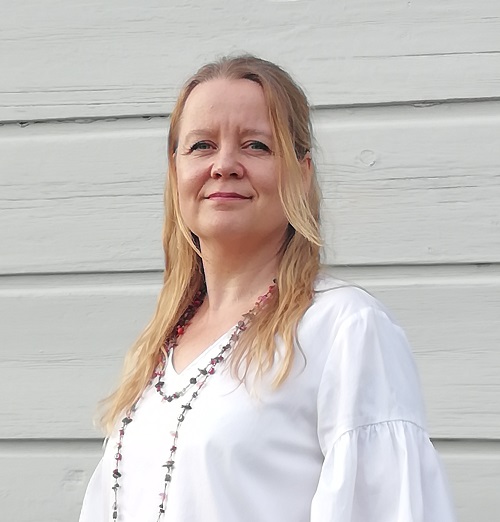
SL
When I started with the company, it had two main business areas, which are still here today. One is the Weather Observations – which is the origin of the company and is still a big part of it. The other is Industrial Measurements, where I belong organizationally. At the time when I started, the instruments were mostly generic products used in a wide range of industries. Many still are, but over the last few years we have focused on certain industries. The power industry is one of them and we have developed power-specific products.
AR
With the US government planning to spend $43 billion on the transmission of wind and solar energy in the next decade, we can see that this is an amazing time for change, and Vaisala will definitely be part of that. I am particularly interested in your transformer monitoring. You are working on something completely different than the classic DGA and monitoring solutions. What is it specifically that you have worked on for Vaisala?
SL
Roughly four years ago, we launched the online DGA monitor. We worked a lot with our customers, discussing questions such as what gases need to be measured – obviously, the seven fault gases that are used for diagnostics. But then there was a question of oxygen and nitrogen, which were often in the specifications. I tried to understand why they are there, because neither of them is a fault gas.
After some research I learned that oxygen is the one accelerating the ageing of the transformer insulation. You don't really need to know the exact concentration, but you need to know whether your sealed transformer is exposed to air ingress, air being the source of oxygen. I started to think about how that could be done in an easier, simpler way.
I looked at the data of one of our first prototypes. We had the sensors and the needed operational processes in there already. This means that we could measure the pressure of all extracted gases.
That earlier prototype version was in a transformer that was free-breathing, but it was degassed after the repair of a thermal fault. When I looked at the data from different sensors, I realized that the pressure was increasing over the months after the degassing, and that was a clear indication of air coming in.
Within our organization, I am the one bringing the customer's voice into our development. I have the privilege of knowing a lot of people within the industry, so it is rather easy to check ideas with different people.
That was when I got the idea, which I discussed with my colleague scientists, that that could be a useful parameter – instead of measuring oxygen and nitrogen where you don't need the numbers, you just need to know if there is any air ingress. That is where we started, and it is now implemented into the monitor.
AR
Being very familiar with DGA gas monitors, I am interested in what you do differently. How would you describe the difference in the way Vaisala’s monitoring technology functions?
SL
One main difference is in the way we operate the monitor and measure the gases. We have a metal cylinder where we extract the gases from the drawn oil sample under vacuum. Oxygen and nitrogen have very poor solubility in oil so they also tend to come out easily. When we do the extraction, we get all of the oxygen and nitrogen from the oil. Once we have extracted the gases, it is easy to measure the pressure of those in a controlled environment. The fault gases always represent a negligible part of the pressure. If we have a sealed transformer and we see that the total pressure of the gases is starting to increase, this is always an indication of air ingress into the sealed transformer.
At Vaisala, we have a different way of controlling the operating processes in the DGA monitor. Once we extract all gases from a drawn oil sample under vacuum, it is easy to measure the pressure of those gases in a controlled environment. If we have a sealed transformer and we see that the total gas pressure is starting to increase, that is always an indication of air ingress into that sealed transformer.
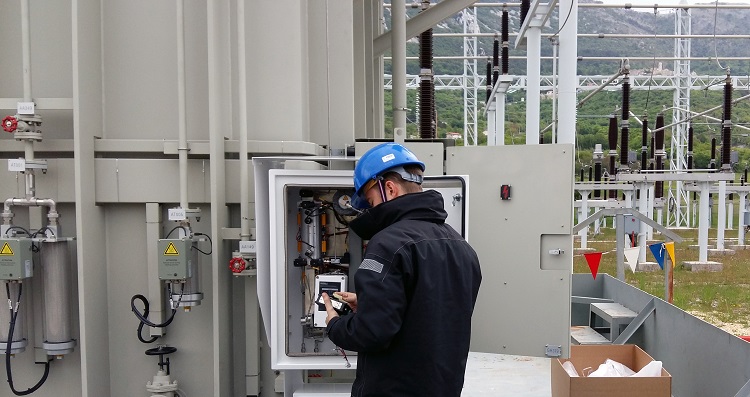
AR
That is a completely different way of looking at it. If I owned a transformer fleet and I used your monitor, where does the data go once you detect the air ingress from the pressure, and how do I interpret it?
SL
We also measure the fault gases – hydrogen, methane, acetylene, ethylene, ethane, carbon monoxide and carbon dioxide – the seven gases that are used for diagnostics purposes. In addition to those, we have the total gas pressure. The use of data usually depends on the utility and their existing systems. The data usually goes into the utility’s centralized monitoring system. If it is an older utility, they may even take that data into their supervisory control and data acquisition system (SCADA). But most modern utilities have a separate asset monitoring system because they use the SCADA as an operational system, and they don't want the overflow of data coming into the SCADA.
This data is part of the information on the transformer condition, indicating if it is supposed to be sealed from ambient air. If the data shows a recent ingress of air through the total gas pressure increase, then the technicians can decide if there is something they need to check during the next service break, for example, look at the sealing or gaskets, check for a broken membrane, etc.
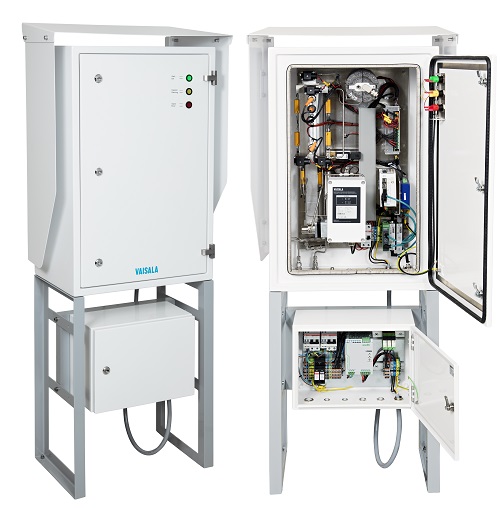
AR
I love that your solution shows that the air leak is part of the overall data. Everybody is trying to say their one product should tell you everything they need to do, and it never works that way. The whole data set and the trending analysis is the answer. Does Vaisala do the trending analysis of the pressure that allows you to detect the type of leak?
SL
Yes, in the user interface, there is a graph for the gas pressure, so you can see whether it is increasing or it is stable. Especially with new transformers, the gas pressure should be very low because the tank and the oil are degassed during the commissioning of a new transformer. If it is a sealed transformer, then the pressure will remain low. But in case it starts to increase, it is an indication that something is wrong. This is actually an idea that I got from one of our customers when I was testing the idea of the total gas pressure.
He said that this is a very informative parameter because it could be used as a quality control tool in the commissioning of the new transformer. The pressure should remain low during and after transformer commissioning, and if it is increasing, it is either an indication of an issue with sealing, or with the workmanship during the process. That was an additional idea on benefits of the total gas pressure that came from a customer.
AR
That is excellent for quality control on new and degassed transformers. I am a reliability person and I believe that, in reliability data, there is the leading-edge indicator of a problem, and DGA is a lagging indicator. It sounds like you at Vaisala have got a leading indicator for the reliability of an asset, which is brilliant.
Senja, what is your role now as it relates to this new way of looking at the reliability of transformers?
SL
I am part of the international community. I am working with CIGRE and IEC. Some people may consider it as a position of influence.
While this might be true, I see it more as an opportunity to learn more because that is the place to meet the most experienced people, and through the discussions, you get a lot of ideas. You also need to learn the new needs of the industry.
I see my work with CIGRE and IEC as an opportunity to learn more because that is the place to meet the most experienced people.
Within our own organization, back at home turf, I am the one bringing the customer's voice into our development. Whether it is a software development, a sensor development, a mechanical feature or something else, I am the one who will receive the questions and then discuss them with our customers. I have the opportunity and privilege of knowing a lot of people within the industry, so it is rather easy to check ideas with different people.
AR
I would like to invite you to be part of the Electric Power Reliability Alliance (EPRA) forums, where we put smart people together and they talk about a problem and the solution, as well as the IEEE Smart Grid forums where we discuss a problem with experts from the supplier, the operator and the asset owner’s perspective. Thank you for sharing your brilliant insights with us, Senja. We look forward to following Vaisala’s innovative solutions and seeing how it will shape the way we take care of our transformers.
